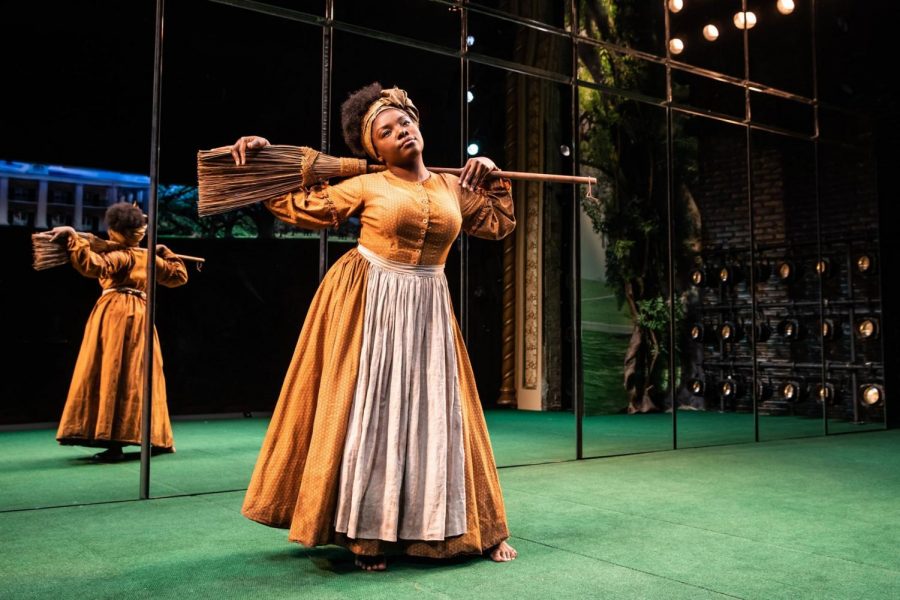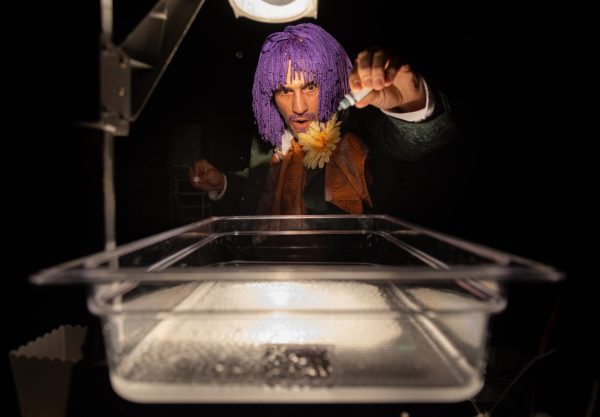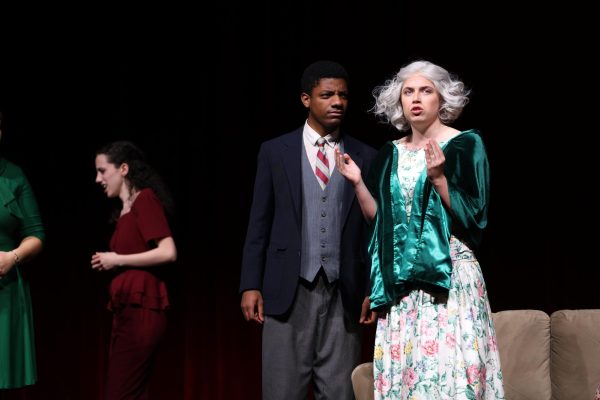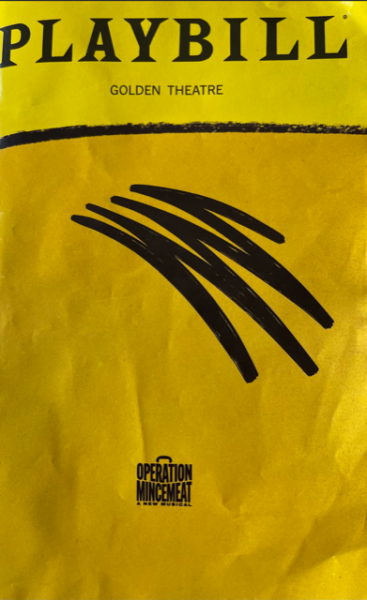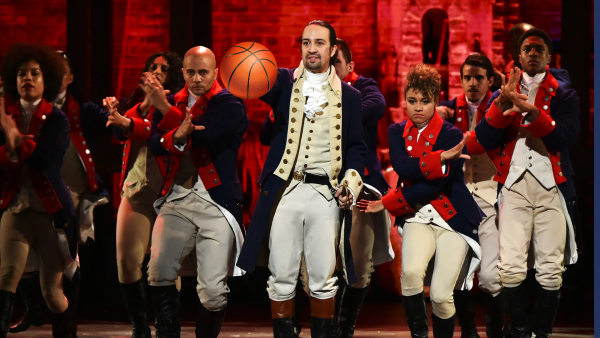“Slave Play” Challenges Viewers
“Slave Play,” written by Jeremy O’Harris, is painful, honest and raw. After spending about a year at the New York Theater Work Shop downtown, the play came to Broadway in October. It has proved to be a groundbreaking piece of art, gathering critical claim within the theater world.
The play follows three interracial couples: Gary and Dustin, Phillip and Alana and Jim and Kaneisha. In just about two hours — with no intermission — it confronts race, trauma, power dynamics, and the complexities involved in interracial relationships. It is a heavy watch, and littered with moments that are altogether comical and complicated.
“Slave Play” opens with three pretty graphic sex scenes set on a plantation. There are whips, boots lickings and dildos. The actors’ accents fade in and out of intentionally over-done southern drawls and high-pitched squeals. The white partners spit derogatory language and the black partners receive them with normalcy.
Kaneisha works as an enslaved person, cleaning a room in the house and Jim is an overseer. Dustin works as a white, indentured servant in the fields when Gary approaches as an enslaved overseer. Alana is the plantation owner’s wife, and Phillip is enslaved as a house worker.
(Honestly, if you are already sold on seeing it, just stop reading now. It is best if you do not really know what is going on at first.)
Out of nowhere, Jim screams, “Starbucks.” Everyone is upset. The sex scenes come to a halt. Two women in doctor’s coats appear in the background, Patricia and Teá, and call everyone inside. Confusion is palpable in the theater.
Turns out these three couples are participating in a retreat on what was the MacGregor plantation in Virginia. It is spearheaded by two therapists in their own interracial relationship, Patricia and Teá.
The retreat is designed to help black partners work through their sexual difficulties with white partners. On the fourth day, after extensive group therapy and conversation, the couples must undergo a “role play” situation, with the black partners acting as slaves. The role play aims to improve intimacy and understanding between the three couples.
Each couple deals with specific and nuanced problems related to race within their relationship. All partners deal with these issues differently. None of the white partners deal with it well, and often interrupt or take away the narrative from their partners. This ends up being a huge part of the problem.
Through the therapy session on stage, Harris uncovers deem emotional and generational trauma that continues to affect race relations in the 21st century. Relationships end and epiphanies are had. Each character either goes through deep emotional growth or neglects to address the situation entirely.
About a week ago, Harris posted a video on Twitter in which a white woman in the audience took the floor after the show, screaming about her frustrations with the play. She said it was “racist” towards white people, specifically white women.
“If you don’t see yourself up here, then that’s great and you aren’t one of them,” Harris replied. “This play is about eight specific people, and a metaphor for our country.”
The video ended up going viral, with many Twitter users noting the irony of a white person taking the space and meant for black people — directly after a play that talks about the damage this causes.
“That was the ‘Slave Play’ part two people have been asking for for years,” Harris said after the audience member was escorted out of the theater by a security guard.
If you are going to see this play — specifically if you are white — you must go into it ready to listen. Even if you do not think you see yourself in any of these characters, you have to be ready to confront the ways in which you add or detract from the themes in this play. If you cannot commit to listening, then do not go.



































































































































































































